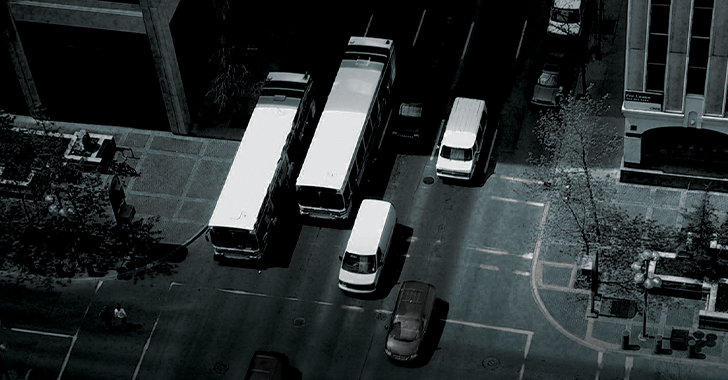Why do I see pixel fluctuations in bright areas of my image?
Last Revision Date: 7/31/2015
This article discusses why pixel values may fluctuate when streaming images of a static subject under a constant light source.
ANSWER:
When streaming images of a static subject under a constant light source, you may find that pixel values fluctuate from image to image, particularly in brighter areas of an image. This phenomenon, referred to as ‘shot noise,’ is the result of temporal variations between individual photons hitting the sensor surface. Since these events (a photon hitting the sensor) follow a Poisson distribution (time between events is random and independent from previous events), the standard deviation of shot noise is proportional to the square root of the measured intensity level. The main factors that affect shot noise are imager sensitivity and pixel size, with larger pixels and more sensitive sensors showing less shot noise effects. Larger sensors have a larger full well depth and therefore are able to collect more charge, which lowers the ratio between shotnoise and signal level.
To reduce pixel fluctuations with an existing camera, try the following:
-
- Use a light source that takes advantage of your sensor’s sensitivity. For example, use a ‘blue-ish’ light for imagers that are most sensitive in the blue area of the spectrum. Consult your camera’s imaging performance specification document for spectral response curves.
- Lower gain to prevent amplification of existing shot noise.
If these changes are not possible or helpful, you may wish to change camera models to one with a more sensitive imager that requires less light to illuminate a subject. Response curves for most of the sensors used in our cameras are presented in the imaging performance sheets associated with each model. Essentially, a higher relative response indicates higher sensitivity, and less light needed to illuminate an object. As a result, there should be less variation in pixel values.

